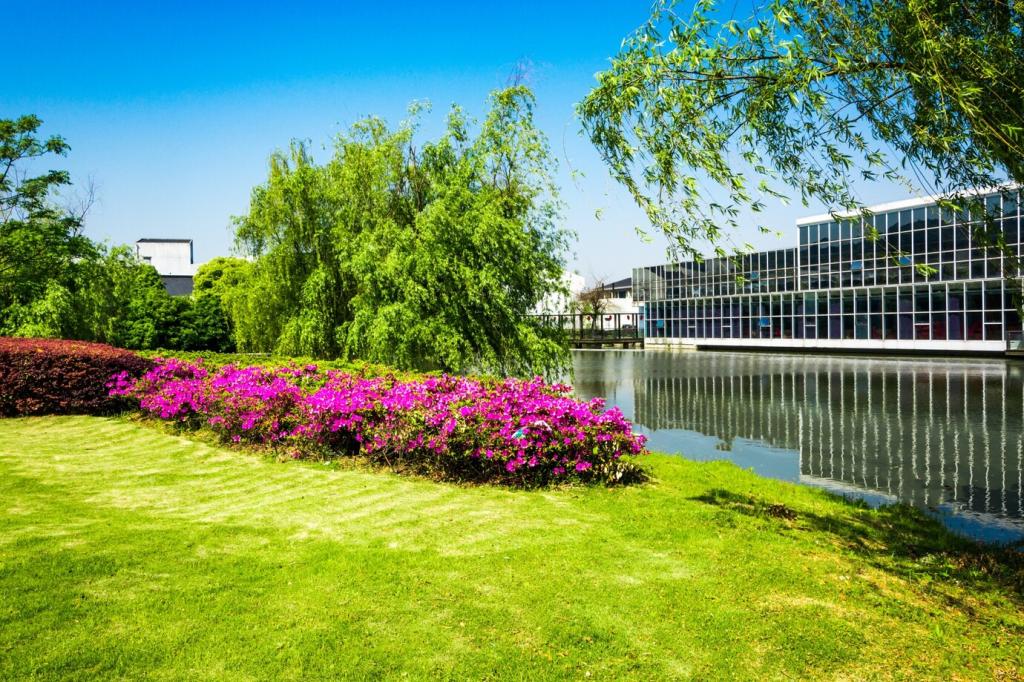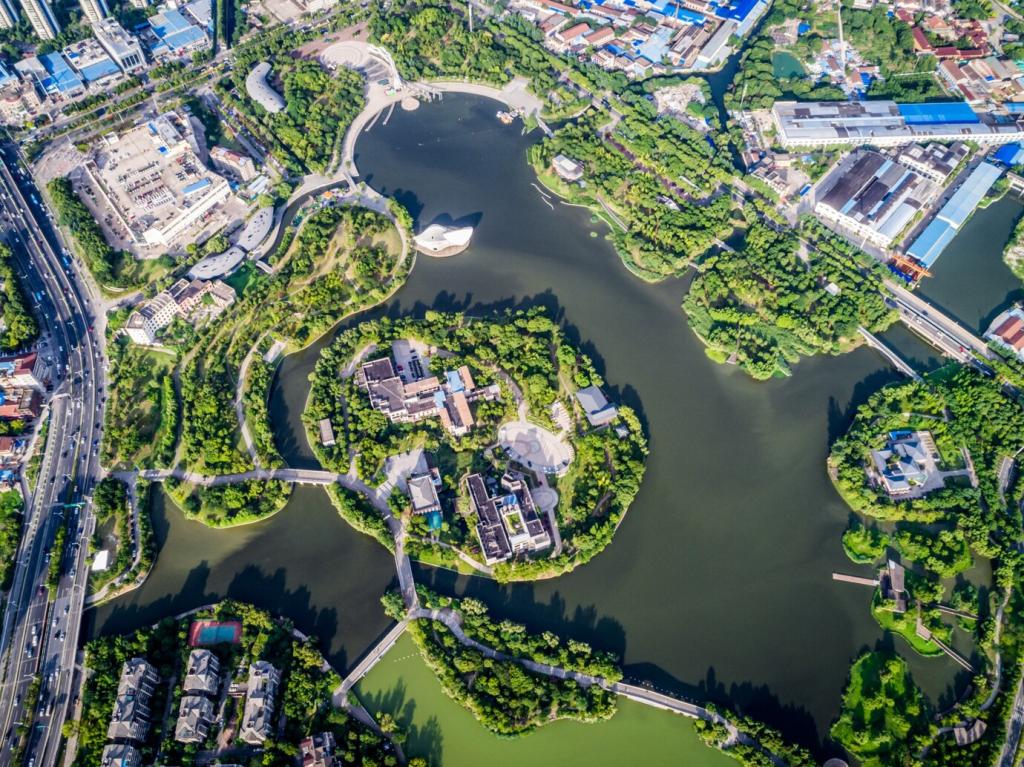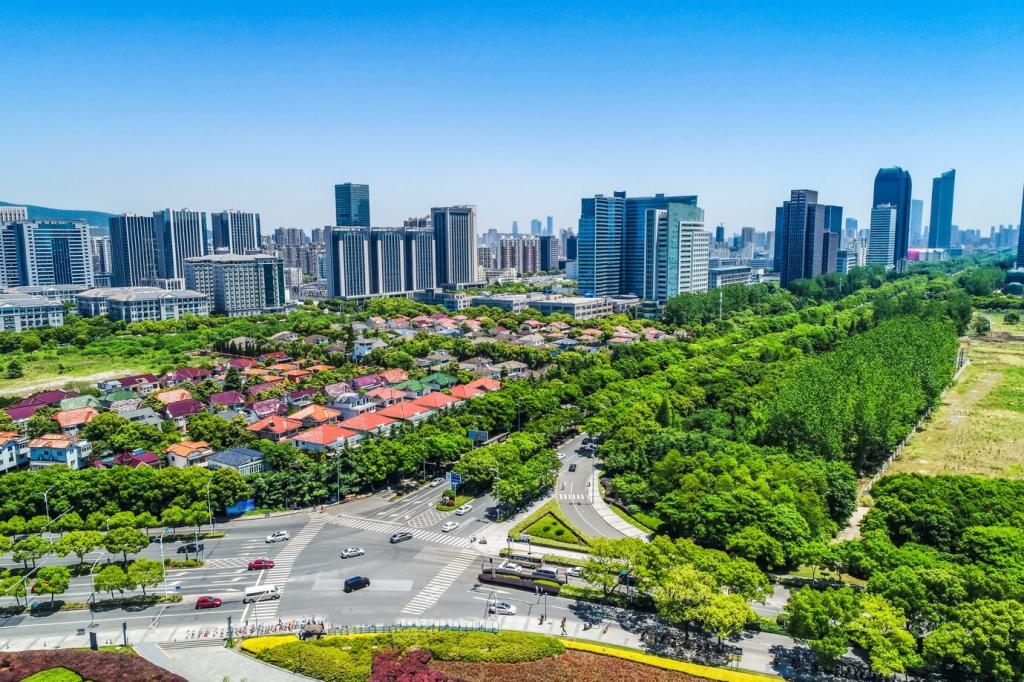Environmental Benefits of Urban Green Spaces
Urban green spaces are essential features of modern cities that contribute profoundly to environmental health and the well-being of urban populations. These areas—such as parks, gardens, recreational fields, and street greenery—provide more than just aesthetic value. They serve as critical urban infrastructure, offering a range of ecological, climatic, and psychological benefits. As urbanization accelerates globally, understanding and leveraging the environmental advantages of such spaces becomes increasingly vital for sustainable city development.

Filtration of Pollutants
Green spaces act as natural air filters. Trees and plants within parks and green corridors capture pollutants such as nitrogen dioxide, sulfur dioxide, ozone, and fine particulate matter through their leaves and bark. This process not only cleanses the air but also mitigates the effects of industrial activity and traffic emissions prevalent in cities. As a result, areas with more abundant greenery report lower concentrations of harmful pollutants, directly reducing respiratory issues and supporting healthier urban communities.

Absorption of Carbon Dioxide
Urban green areas play a significant part in absorbing carbon dioxide, a major contributor to climate change. Through the process of photosynthesis, plants convert CO2 into oxygen, effectively helping to offset the carbon emissions produced by city life. This absorption capacity is especially critical in metropolitan environments, where emissions levels are typically high. By sequestering carbon, green spaces support global efforts to combat climate change while making cities more breathable for their inhabitants.

Reduction of Heat-Related Pollutants
Heat exacerbates the production and persistence of certain air pollutants, particularly ground-level ozone. Urban green spaces help regulate local temperatures, thus moderating the formation and concentration of such harmful substances. Cooler green areas provide a buffer against city heat, ultimately curtailing the intensity and health impacts of heat-induced pollutants. This dual benefit makes greenery an essential component in urban air pollution and heat management strategies.
Urban Heat Island Mitigation
Trees, plants, and turf grass provide shade and cool the air through a process known as evapotranspiration. This natural mechanism involves the release of water vapor from leaves, which absorbs heat and reduces ambient temperatures. Parks and tree-lined streets effectively decrease heat retention in built-up neighborhoods, offering much-needed relief during extreme heat events. The cooling effect is particularly valuable in communities vulnerable to heat stress, contributing to public health and urban resilience.

Biodiversity Support and Habitat Creation
Parks, gardens, and natural patches embedded in urban settings preserve native vegetation and provide habitat for birds, mammals, insects, and other wildlife. These refuges are essential for species survival in landscapes otherwise dominated by concrete and buildings. Native plants, in particular, attract pollinators, support food webs, and maintain ecological balance. The presence of diverse flora and fauna enriches urban life, offering educational and recreational opportunities for residents.
Previous
Next
Join our mailing list
